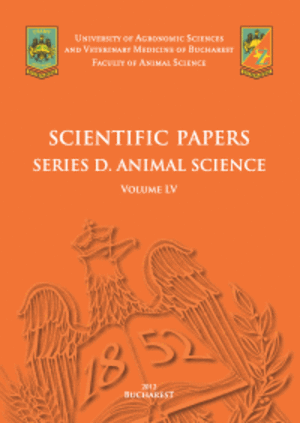ANALYZING THE TECHNICAL EFFICIENCY OF FARMERS GROWING DIFFERENT CROPS IN DISTRICT MANSEHRA, PAKISTAN
Published in Scientific Papers. Series "Management, Economic Engineering in Agriculture and rural development", Vol. 25 ISSUE 1
Written by Tayyba RIAZ, Arif ALAM, Adeel Jalal MALIK, FARIDULLAH
The agriculture sector of Pakistan is characterized by unsustainable traditional practices and inefficiency in farming. Appropriate ways to increase productivity and efficiency are therefore, essential for individual households' welfare and the country's economy. Thus, this study aims to analyze and estimate the factors affecting the technical efficiency and to identify the level of satisfaction of farmers on their cultivation experiences in District Mansehra, Pakistan. An aggregate sample of 96 farmers and four government officials were interviewed, using the purposive sampling technique. A stochastic frontier production function was used to evaluate the technical efficiency, using Frontier 4.1 for its utility in inefficiency estimations. While, average technical efficiency of the selected crops i.e potato, onion and tomato was estimated79%, 74%, and 69%, respectively, indicating space for improvement in efficiency by 21%, 26%, and 31% by effective usage of available resources. This indicates that using proper amounts of fertilizer, agrochemicals, seeds, labor, and machinery could increase the production of crops and the efficiency, of farmers that are intervening near to the frontier level of efficiency.
[Read full article] [Citation]

 Next Issue will be published according the the calendar.
Next Issue will be published according the the calendar.



